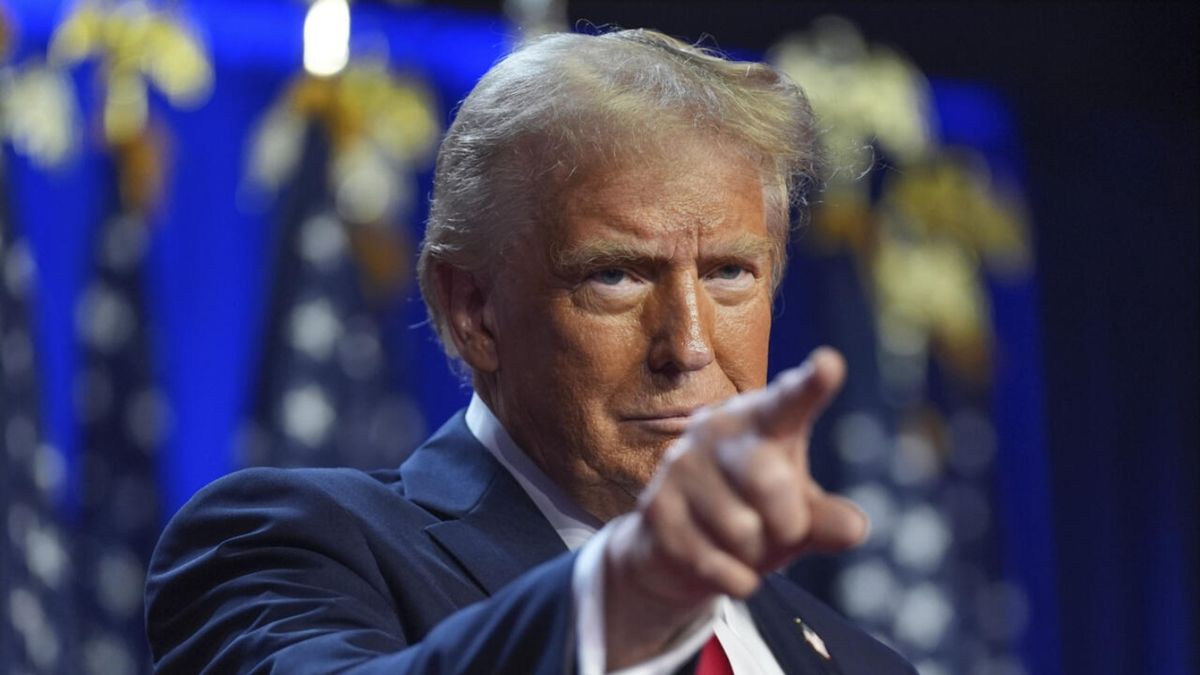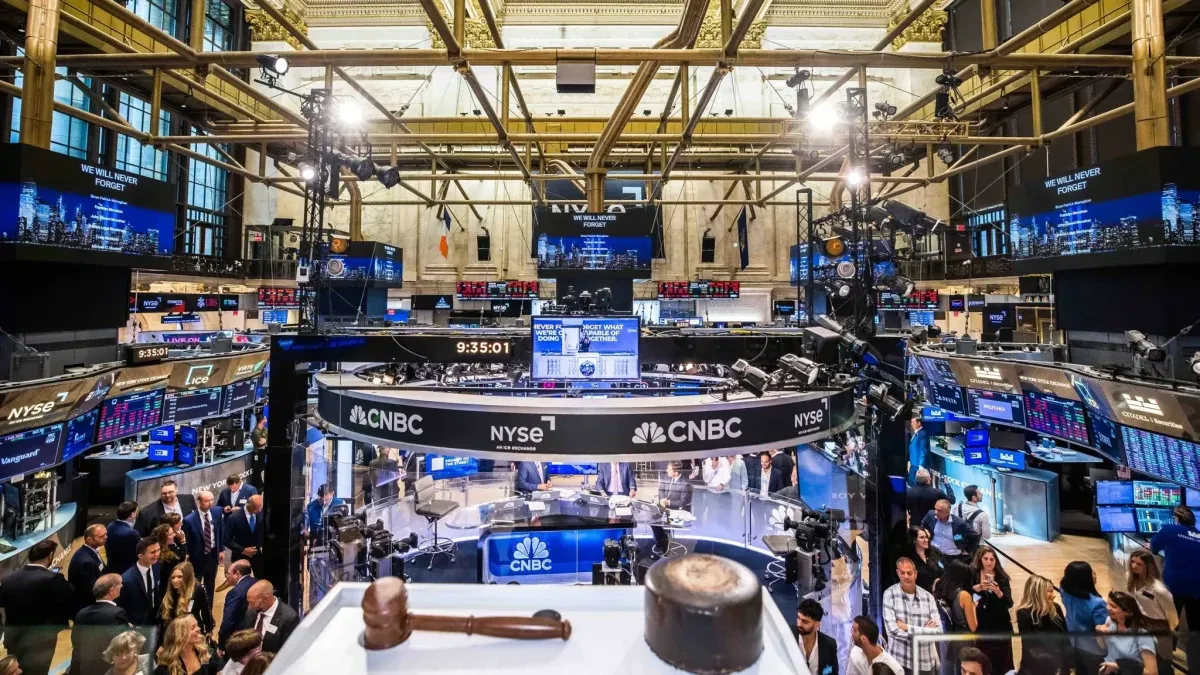Speculation and uncertainty surrounding the value of the dollar have created a climate of instability that makes it difficult to plan and execute investments necessary for the growth and development of industries. Constant price adjustments and readjustments based on exchange rate expectations not only affect operating costs, but also discourage new investments and the development of medium- and long-term projects.
The Argentine Chamber of the Fair Industry (CAIFE) He expressed his concern about the recent rise in the price of the blue dollar and its negative impact on industry. In this context, he considered it essential to highlight “how exchange rate volatility directly and indirectly affects various sectors of activity.”
Paul Rudapresident of CAIFE stated that “in many sectors of this industry, the Price increases are more closely linked to the value of the blue dollar than the official dollar, especially in those related to technology.” However, The value of the official currency has an impact on other sectors, such as raw materials.In this regard, Ruda explained that in the face of speculation about a devaluation, suppliers often transfer this uncertainty into prices.
“We understand that Many prices were adjusted months ago to a possible dollar value – which ultimately did not arrive– they should not feel the impact of a devaluation or at least, they should not transfer 100% of the latest price jumps to prices.” In turn, he comments that it is the same speculation that caused companies in the Fair Industry to pay “a very high cost in these months” which harmed investment in our activity.
To resolve these turbulences, from the Argentine Chamber of the Fair Industry They consider it “essential” to create “a concrete economic plan in the short and medium term that calms the volatility of the dollar” and provide a clear horizon towards the revival of the economy to manage the crisis on a day-to-day basis while we work on a path towards sustained long-term growth.”
Accordingly, Jorge SanvitaleDirector of Mehcco SA, notes that Speculation with the dollar made construction industry projects more expensive and halted new projects. Despite the critical situation, Sanvitale suggests that housing loans could revive the sector if prices adjust to economic reality.
The electrical industry businessman explained that “Suppliers built up a cushion of overpricing by speculating with a dollar of two thousand or two thousand five hundred pesoswhich has not yet arrived and which has directly impacted the industry by making works more expensive in recent times.”
Ford automotive industry auto parts
According to the businessman, as far as civil works are concerned, the cost of construction “is expensive”. In this sense, he explains that the works that were started are continuing their course “perhaps at a slower pace”. However, he emphasizes that “There are no new works and, given the slowdown in public works, the industry is at a standstill, which directly impacts the workforce.”.
According to data published by the National Institute of Statistics and Census (Indec), in November 2023 there were 444,024 formal jobs in the construction industry. However, in March of this year, the number dropped to 391,637 jobs. Given these data, the businessman commented that “in a country context like the one we Argentines are already accustomed to, The references from March are outdated given the speed at which things change and the dizzying pace of the country.”.
He also explained that “although – in general terms – the situation is complex, There are small signs that suggest that this industry will gain momentum: Housing loans, for example, should revive construction.”
Regarding his future outlook, he said he hopes “that prices match reality in order to be able to buy materials and sustain the work“We hope that this does not happen, but if industry and investments stop, we will feel the blow even harder,” he explained.
As opposed, Jose Luis AmmaturoSecretary General of the Chamber of Small and Medium Metallurgical Industry (CAMIMA), He commented that “the jumps in the blue dollar do not directly affect the metallurgical activity because the main raw materials (steel, aluminum, etc.) are commodities that are in official dollars” and that this industry is governed by that value both for importing and exporting.
However, Ammaturo He expressed concern about the 2% monthly adjustment plan proposed by the Government, since it does not match inflation.“There is a gap and, until taxes and the conditions required by the industry are lowered, the possibility of exporting becomes more complicated,” he said.
In this context, the metallurgical businessman stated that “The Government should seek some mechanism to help the industry regain its vitality until the points that the Government wants and that were set out in the May Pact are achieved.which includes tax cuts and changes to the labor and tax system.”
He also emphasized that Industrialists “will not clamor for a devaluation”. He also analyzed that devaluing the Argentine currency “was the solution for many decades, but in the long term it remains a problem.” “The real solution is to lower rates, contributions and taxes so that the industry can begin to work with greater stability,” he concluded.
Source: Ambito




